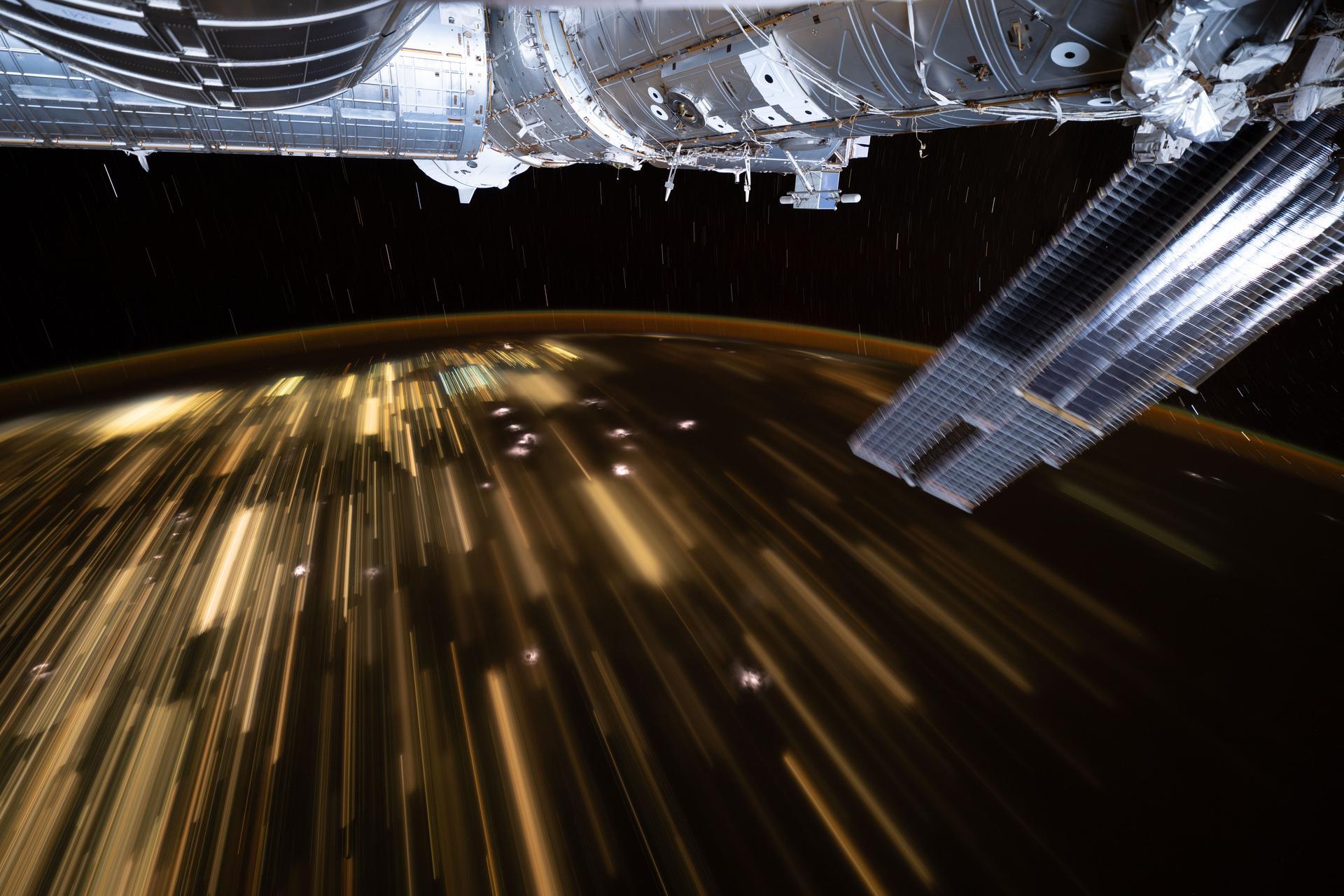14.09.2025

One cargo spacecraft is orbiting Earth toward the International Space Station while another stands at its launch pad counting down to a lift off on Sunday to continue resupplying the Expedition 73 crew. The orbital residents will be preparing for the dual cargo missions while keeping up cardiac and bone research over the weekend.
Three tons of food, fuel, and supplies are orbiting Earth today aboard the Roscosmos Progress 93 cargo craft following its launch on Thursday destined to arrive at the orbital outpost on Saturday. It will perform a series of automated approach and rendezvous maneuvers before docking to the Zvezda service module’s aft port at 1:27 p.m. where it will stay for six months. Station Commander Sergey Ryzhikov and Flight Engineer Alexey Zubritsky called down to Roscosmos mission controllers on Friday to discuss their readiness for Progress 93’s arrival. The duo will be on duty Saturday monitoring the spacecraft as it nears the orbital outpost then will open Progress 93’s hatch on Sunday to begin unpacking the new gear. NASA+ will begin its live docking beginning at 12:30 p.m. on Saturday.
The expanded Cygnus XL cargo craft from Northrop Grumman has been given the go from mission managers to launch atop a Space Falcon 9 rocket at 5:11 p.m. on Sunday from Florida’s Cape Canaveral Space Force Station. Cygnus XL will deliver its largest load to date, over 11,000 pounds of new science and supplies, at 6:35 a.m. on Wednesday when the Canadarm2 robotic arm captures the spacecraft at a point about 10 meters away from the orbital outpost. NASA Fight Engineers Jonny Kim and Zena Cardman will be on duty in the cupola at the controls of the robotics workstation tracking the spacecraft’s arrival.
Cardman took the first half of her shift off on Friday before spending the rest of the day inside the Columbus laboratory module swapping out space radiation monitor cables and inspecting research hardware supporting the DNA Stability food production experiment. Kim spent his entire shift with NASA Flight Engineer Mike Fincke monitoring the effectiveness of a thigh cuff that may reverse the space-caused fluid shifts toward an astronaut’s head protecting the eyes. Fincke led the investigation operating the biomedical gear measuring data collected from chest electrodes and Ultrasound 2 artery scans on Kim’s body while he wore the specialized cuff. Kim and Cardman will also be treating bone stem cell samples on Sunday helping doctors understand microgravity’s effect on a crew member’s skeletal system.
Flight Engineer Kimiya Yui of JAXA (Japan Aerospace Exploration Agency) spent a few moments photographing Kim and Fincke’s biomedical activities for review on the ground. Yui also configured a research incubator in the Kibo laboratory module for the Dassai Moonexperiment examining fermentation and the brewing process using sake yeast in space. Yui later replaced a light bulb on a research rack then reviewed items to be returned to Earth on a SpaceX Dragon cargo spacecraft.
Roscosmos Flight Engineer Oleg Platonov familiarized himself with research operations for a space physics experiment that observes complex plasmas containing ions, electrons, neutral gas, and microparticles. Results from the long-running investigation may lead to advanced spacecraft designs and improved industrial processes on Earth. Platonov later pointed a camera out a space station window photographing glaciers in South America’s Patagonia region for a study monitoring the effects of natural and man-made conditions on Earth.
Quelle: NASA
